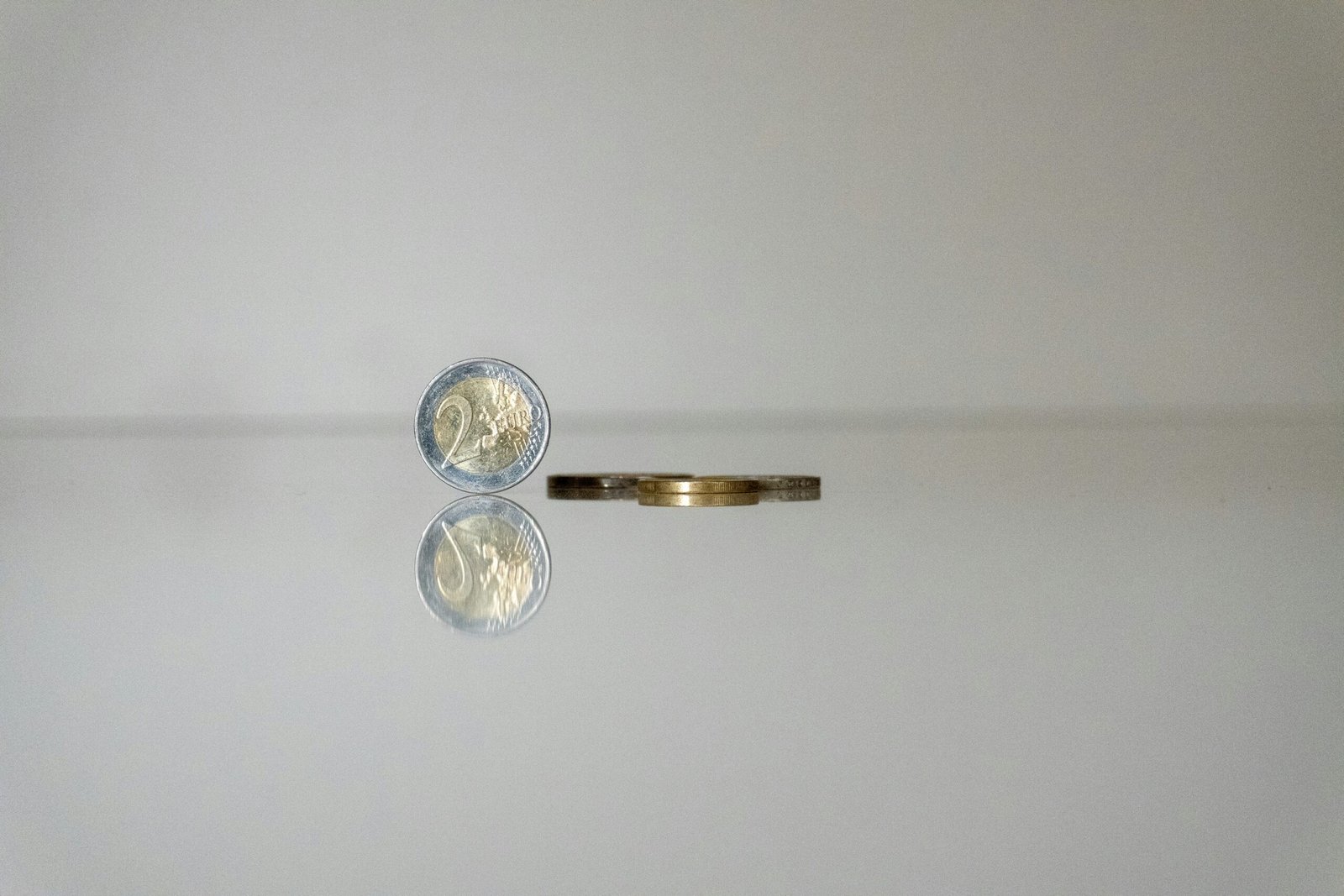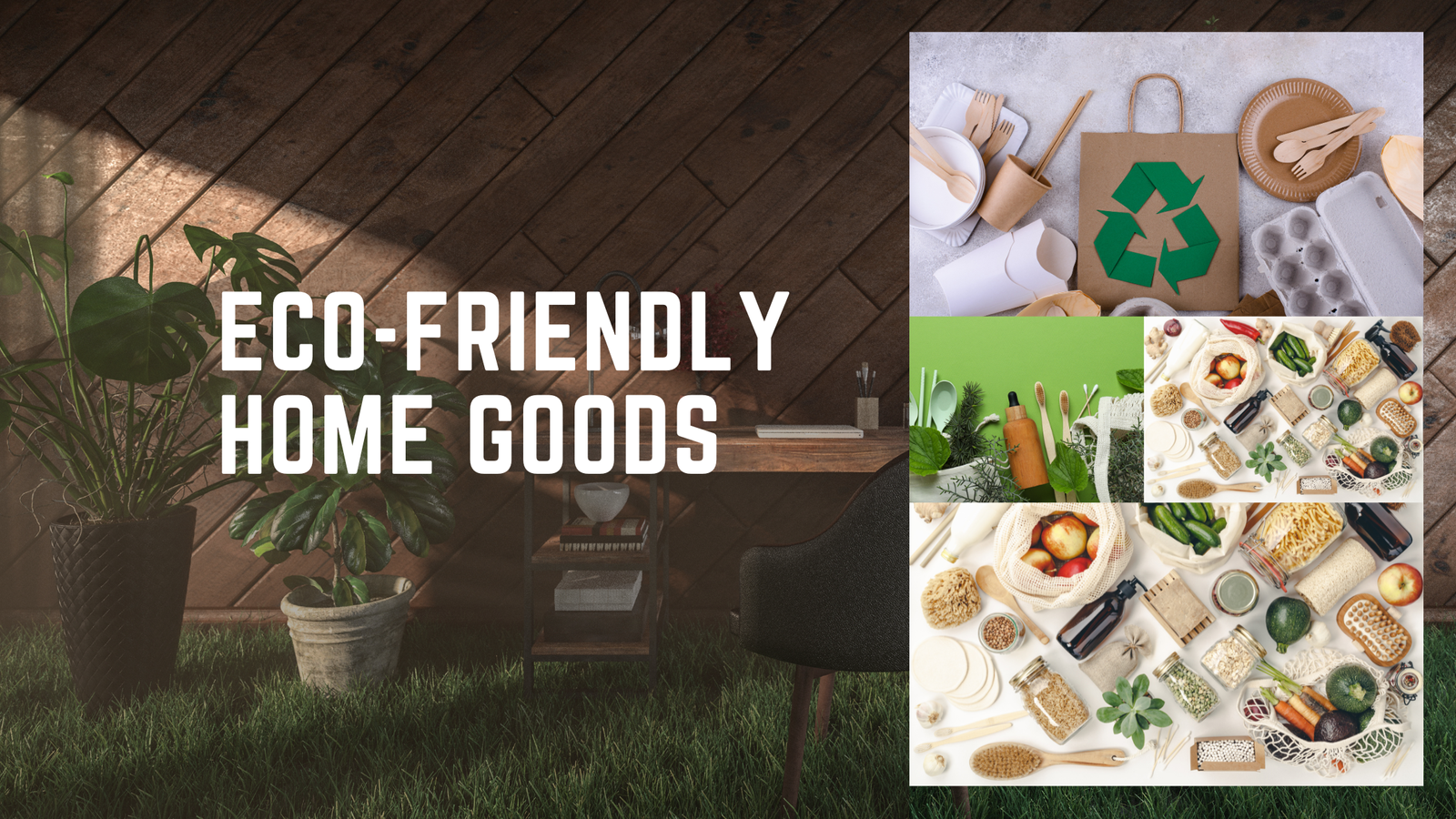
Introduction
Plastic pollution has become a major environmental concern in recent years. The excessive use of plastic in our daily lives is causing significant damage to our planet. From single-use plastic bags to disposable water bottles, plastic waste is polluting our oceans, harming wildlife, and contributing to climate change. It is crucial that we take steps to reduce our plastic consumption and adopt more sustainable alternatives. In this blog post, we will explore some practical guides to help you reduce plastic use in your daily life.
One of the first steps you can take to reduce your plastic consumption is to be mindful of your shopping habits. Consider bringing your own reusable bags when you go grocery shopping instead of relying on plastic bags provided by the store. Many stores now offer reusable bags for purchase, or you can even make your own using old t-shirts or fabric scraps. By using reusable bags, you can significantly reduce the number of plastic bags that end up in landfills or polluting our oceans.
In addition to using reusable bags, it is important to avoid purchasing products that are packaged in excessive plastic. When shopping for groceries, try to choose items that are packaged in cardboard, glass, or other more sustainable materials. Look for products that have minimal packaging or are packaged in materials that can be easily recycled. By making conscious choices when shopping, you can help reduce the demand for plastic packaging and encourage companies to adopt more sustainable alternatives.
Another area where you can make a significant impact is in your personal care routine. Many personal care products, such as shampoo, conditioner, and body wash, come in plastic bottles that are often not recyclable. Consider switching to solid bar versions of these products, which often come packaged in cardboard or other eco-friendly materials. Not only are solid bar products more sustainable, but they also tend to last longer, reducing the overall amount of plastic waste generated.
Furthermore, it is important to be mindful of the plastic items we use on a daily basis and find alternatives where possible. For example, instead of using disposable plastic water bottles, invest in a reusable water bottle that you can refill throughout the day. Similarly, swap out plastic straws for reusable metal or bamboo straws. These small changes may seem insignificant, but when multiplied across millions of individuals, they can have a significant impact on reducing plastic waste.
By taking these practical steps to reduce your plastic consumption, you can make a positive impact on the environment. Remember, every small action counts, and together we can work towards a more sustainable future. In the following sections, we will delve deeper into each of these areas, providing you with more detailed guides and tips to help you on your journey to reducing plastic use in your daily life.
1. Say No to Single-Use Plastics
One of the most effective ways to reduce plastic waste is to say no to single-use plastics. These are items that are designed to be used once and then thrown away. Examples include plastic bags, straws, cutlery, and coffee cups. Instead of using these disposable items, opt for reusable alternatives. Carry a reusable shopping bag with you, use a stainless steel straw, bring your own cutlery, and invest in a reusable coffee cup. By making these small changes, you can significantly reduce your plastic footprint.
Single-use plastics have become a major environmental concern in recent years. The production and disposal of these items contribute to pollution, harm wildlife, and damage ecosystems. Plastic bags, for example, are notorious for their negative impact on marine life. They often end up in the ocean where they can be mistaken for food by marine animals, leading to injury or death. By refusing to use single-use plastics, you are taking a stand against this harmful cycle.
When you say no to single-use plastics, you are also sending a message to businesses and manufacturers. By choosing reusable alternatives, you are demonstrating that there is a demand for sustainable options. This can encourage companies to invest in more environmentally-friendly packaging and products. It can also lead to increased awareness and education about the importance of reducing plastic waste.
Furthermore, saying no to single-use plastics can have a positive impact on your own life. Reusable alternatives are often more durable and higher in quality than their disposable counterparts. For example, a reusable coffee cup can keep your beverage hotter for longer and prevent spills. By investing in these reusable items, you are not only reducing waste but also improving your own daily experiences.
In conclusion, saying no to single-use plastics is a simple yet powerful action that can make a significant difference. By opting for reusable alternatives, you are reducing plastic waste, protecting wildlife and ecosystems, and sending a message to businesses and manufacturers. So next time you are offered a plastic bag, straw, or coffee cup, remember the impact your choice can have and choose to say no.
2. Use Refillable Water Bottles
Plastic water bottles are a major source of plastic waste. Instead of buying bottled water, invest in a refillable water bottle. There are many options available, such as stainless steel or glass bottles. By carrying your own water bottle, you can avoid the need to buy plastic bottles when you’re on the go. Additionally, using a water filter at home can ensure that you have access to clean and safe drinking water without relying on plastic bottles.
When it comes to reducing plastic waste, using refillable water bottles is a simple yet effective step. Not only does it help reduce the amount of plastic waste ending up in landfills and oceans, but it also has numerous other benefits. Refillable water bottles are not only eco-friendly, but they are also cost-effective in the long run. Instead of constantly buying single-use plastic bottles, which can add up quickly, investing in a refillable water bottle can save you money over time.
Furthermore, refillable water bottles are often made from durable materials such as stainless steel or glass, which means they can withstand daily use and last for years. This not only reduces the environmental impact of constantly producing and disposing of plastic bottles but also ensures that you have a reliable and long-lasting water container. Stainless steel bottles, for example, are known for their ability to keep beverages hot or cold for extended periods, making them ideal for both hot summer days and chilly winter outings.
Another advantage of using refillable water bottles is the convenience they offer. With a refillable water bottle, you can have access to clean and safe drinking water wherever you go. Many public places, such as airports, parks, and shopping centers, now have water refill stations where you can easily fill up your bottle. This eliminates the need to search for a store or vending machine to buy bottled water, especially when you’re in a rush or in an area where clean drinking water may not be readily available.
Moreover, using a refillable water bottle can be a fashion statement. With a wide variety of designs, colors, and patterns available, you can choose a water bottle that reflects your personal style and preferences. Whether you prefer a sleek stainless steel bottle or a vibrant glass bottle, there is a refillable water bottle out there to suit your taste.
In conclusion, using refillable water bottles is a simple and effective way to reduce plastic waste and make a positive impact on the environment. Not only does it help minimize the amount of plastic ending up in landfills and oceans, but it also saves you money, offers durability, and provides convenience. So, make the switch to a refillable water bottle today and join the movement towards a more sustainable future.
3. Choose Plastic-Free Alternatives
Plastic is everywhere, but there are often plastic-free alternatives available for many products. For example, instead of using plastic wrap to store leftovers, you can use beeswax wraps or reusable silicone food covers. These alternatives not only reduce your plastic waste but also provide a more eco-friendly way to preserve your food. Beeswax wraps are made from cotton fabric coated with beeswax, jojoba oil, and tree resin, creating a natural and biodegradable option for wrapping food. Reusable silicone food covers are stretchable and can be used to cover bowls, plates, and even fruit halves, eliminating the need for single-use plastic wrap.
Another area where you can make a plastic-free switch is with toothbrushes. Instead of using plastic toothbrushes, opt for bamboo toothbrushes. Bamboo is a sustainable and renewable resource that grows quickly and requires fewer resources to cultivate compared to plastic. Bamboo toothbrushes have biodegradable handles and bristles made from plant-based materials, making them a more environmentally friendly option.
When shopping for products, it’s important to consider the packaging as well. Look for products that are packaged in sustainable materials, such as glass or cardboard, rather than plastic. Glass containers are not only reusable but also recyclable, reducing the amount of waste that ends up in landfills. Cardboard packaging is biodegradable and can be easily recycled, minimizing its impact on the environment.
By making conscious choices and opting for plastic-free alternatives, you can gradually reduce your dependence on plastic and contribute to a more sustainable future. Small changes like these can have a significant impact when adopted by a larger community, and together we can make a difference in reducing plastic pollution.
4. Shop in Bulk
Buying in bulk can help reduce plastic packaging waste. Many grocery stores offer bulk sections where you can buy items like grains, nuts, and spices without packaging. Bring your own reusable bags or containers to store these items. Not only will you reduce plastic waste, but you will also save money in the long run. Buying in bulk also allows you to have better control over the quantity of food you purchase, reducing the chances of food waste.
When you shop in bulk, you have the opportunity to choose the exact amount of each item you need, rather than being limited to pre-packaged quantities. This can be especially beneficial when it comes to ingredients that you use frequently but in varying quantities, such as spices or grains. By purchasing only what you need, you can minimize the risk of these items going to waste and ensure that you are making the most of your purchases.
Another advantage of shopping in bulk is the potential for cost savings. Buying in larger quantities often means a lower price per unit, allowing you to stretch your grocery budget further. This can be particularly advantageous for staple items that you use regularly and can store for an extended period, such as rice or pasta. By stocking up on these items in bulk, you can take advantage of the discounted prices and avoid the need for frequent trips to the store.
In addition to reducing plastic waste and saving money, shopping in bulk can also be a more sustainable option in terms of transportation. When items are packaged individually, they require more packaging material and take up more space during transportation. By purchasing in bulk, you are reducing the overall packaging waste and the carbon footprint associated with transportation.
To make the most of your bulk shopping experience, it is important to come prepared with your own reusable bags or containers. Many stores provide dispensers or bins for bulk items, allowing you to fill your own containers. By bringing your own bags or containers, you can further reduce the need for single-use plastic bags or packaging. Invest in reusable produce bags, glass jars, or other containers that are suitable for storing different types of bulk items.
When shopping in the bulk section, it is important to be mindful of food safety and hygiene. Make sure to use clean containers and avoid cross-contamination by using separate containers for different items. It is also a good practice to label your containers with the name and purchase date of the item to ensure freshness and prevent confusion.
By incorporating bulk shopping into your grocery routine, you can significantly reduce plastic waste, save money, and have better control over your food purchases. Take advantage of the bulk sections in your local grocery stores and make a conscious effort to bring your own reusable bags or containers. Small changes like these can make a big difference in reducing your environmental impact and promoting a more sustainable lifestyle.
5. Avoid Disposable Personal Care Products
Many personal care products come in plastic packaging that ends up in the landfill. Look for alternatives that come in recyclable or biodegradable packaging. For example, instead of using disposable razors, consider switching to a safety razor with replaceable blades. Instead of using plastic toothbrushes, opt for ones made from sustainable materials like bamboo. There are also many companies that offer shampoo and conditioner bars, which eliminate the need for plastic bottles.
Disposable personal care products have become a significant contributor to the global plastic waste crisis. From shampoo bottles to toothbrushes, these items are designed for single-use convenience, but their environmental impact is far from convenient. Plastic packaging, which is often used for these products, takes hundreds of years to break down and can end up in our oceans, harming marine life and polluting the environment.
However, there is a growing movement towards sustainable alternatives in the personal care industry. Many companies are now offering products that are packaged in recyclable or biodegradable materials. By choosing these options, consumers can significantly reduce their plastic waste footprint. For instance, instead of using disposable razors that are typically made of plastic and cannot be recycled, individuals can switch to safety razors with replaceable blades. These razors are not only more durable but also produce less waste in the long run.
Similarly, plastic toothbrushes are a major contributor to plastic pollution. In the United States alone, it is estimated that over one billion plastic toothbrushes are discarded each year. To combat this issue, eco-conscious individuals can opt for toothbrushes made from sustainable materials like bamboo. Bamboo toothbrushes are biodegradable and have a significantly lower environmental impact compared to their plastic counterparts.
Another innovative solution to reduce plastic waste in personal care is the introduction of shampoo and conditioner bars. These solid bars are packaged in minimal or no plastic at all, eliminating the need for plastic bottles that often end up in landfills or the ocean. Shampoo and conditioner bars are not only eco-friendly but also travel-friendly, making them a convenient choice for those who are constantly on the go.
By making conscious choices in our personal care routines, we can contribute to a cleaner and more sustainable future. Avoiding disposable personal care products and opting for alternatives that use recyclable or biodegradable packaging is a small but impactful step towards reducing our plastic waste and protecting the environment.
6. Compost Organic Waste
Food waste that ends up in landfills produces methane, a potent greenhouse gas. By composting your organic waste, you can reduce the amount of waste that goes to the landfill and create nutrient-rich soil for your garden. Many cities now offer composting programs, but you can also compost at home. There are various methods available, from traditional compost bins to worm composting. By diverting organic waste from the landfill, you are contributing to a more sustainable future.
Composting is a natural process that involves the decomposition of organic materials, such as food scraps, yard trimmings, and even paper products. When these materials break down, they release valuable nutrients that can be used to enrich the soil. Composting not only reduces waste but also helps to conserve water and reduce the need for chemical fertilizers.
If you live in a city that offers a composting program, participating in it is a convenient way to dispose of your organic waste. These programs typically provide residents with a compost bin or a designated area where they can drop off their compostable materials. The collected waste is then transported to a composting facility, where it undergoes the necessary processes to turn it into nutrient-rich compost.
However, if your city doesn’t have a composting program or you prefer to compost at home, there are several options available. One of the most common methods is using a compost bin or pile in your backyard. This can be as simple as a designated area where you pile up your organic waste and periodically turn it to promote decomposition. Alternatively, you can use a compost bin, which helps to contain the waste and speed up the composting process.
Another popular method of composting is vermicomposting, also known as worm composting. This involves using a special type of worm, called red wigglers, to break down the organic waste. The worms consume the waste and convert it into nutrient-rich castings, which can be used as fertilizer. Vermicomposting is an excellent option for those with limited outdoor space or who live in urban areas.
When composting at home, it’s important to remember a few key tips. First, make sure to balance the carbon-to-nitrogen ratio in your compost pile or bin. This means adding a mix of “brown” materials, such as dried leaves or shredded newspaper, and “green” materials, such as fruit and vegetable scraps. Second, keep your compost pile moist but not overly wet. Finally, turn your compost regularly to ensure proper aeration and decomposition.
By composting your organic waste, you are not only reducing greenhouse gas emissions but also creating a valuable resource for your garden. The nutrient-rich compost can be used to improve soil fertility, retain moisture, and promote healthy plant growth. Additionally, composting helps to close the loop in the natural cycle of life, as the organic waste goes back into the earth to nourish new plants and organisms.
Supporting eco-friendly businesses is not only beneficial for the environment, but it also contributes to building a more sustainable economy. When you choose to support these businesses, you are actively participating in the shift towards a greener future. By doing so, you are encouraging other companies to adopt similar practices and create a ripple effect throughout the industry.
One way to identify eco-friendly businesses is by looking for certifications and labels that indicate their commitment to sustainability. For example, many companies now proudly display the “Certified B Corporation” logo, which means they meet rigorous standards of social and environmental performance, accountability, and transparency. These businesses have undergone a thorough assessment to ensure that they prioritize sustainability in their operations.
Another aspect to consider when supporting eco-friendly businesses is their supply chain. Look for companies that source their materials responsibly and prioritize fair trade practices. This ensures that the products you purchase are not only environmentally friendly but also ethically produced, contributing to a more equitable and just society.
Furthermore, supporting these businesses can also have a positive impact on your local community. Many eco-friendly businesses prioritize sourcing their products locally, reducing transportation emissions and supporting local farmers and artisans. By choosing to buy from them, you are helping to create a more resilient local economy and fostering a sense of community.
Additionally, supporting eco-friendly businesses can also lead to personal benefits. Many of these companies offer high-quality products that are not only better for the environment but also for your health. For example, you may find that eco-friendly cleaning products are free from harmful chemicals and toxins, making your home a safer and healthier place to live.
Lastly, supporting these businesses can be a way to align your values with your purchasing decisions. By consciously choosing to support companies that prioritize sustainability, you are living in accordance with your beliefs and contributing to a better future for generations to come.
8. Spread Awareness
Educating others about the importance of reducing plastic use is crucial for creating a widespread change. Share your knowledge and experiences with friends, family, and colleagues. Use social media platforms to raise awareness about the environmental impact of plastic and provide tips on how to reduce plastic consumption. Encourage others to join you in making sustainable choices. Together, we can make a significant difference in reducing plastic waste and protecting our planet.
One effective way to spread awareness about the environmental impact of plastic is by organizing community events or workshops. These events can be focused on educating people about the harmful effects of plastic pollution and providing practical solutions to reduce plastic waste. Invite local environmental experts, activists, and organizations to speak at these events and share their knowledge and experiences.
Additionally, consider reaching out to schools and universities to conduct awareness campaigns. Collaborate with teachers and professors to incorporate lessons about plastic pollution into the curriculum. Organize interactive activities and workshops for students to engage them in understanding the importance of reducing plastic use.
Another powerful tool for spreading awareness is through the use of documentaries and films. Collaborate with local filmmakers or production companies to create documentaries that highlight the impact of plastic pollution on our oceans, wildlife, and ecosystems. Screen these films in local theaters, schools, and community centers, and organize post-screening discussions to encourage dialogue and action.
Furthermore, consider partnering with local businesses and organizations to promote sustainable practices. Encourage them to reduce their plastic consumption and provide incentives for customers who bring their own reusable bags or containers. By working together with businesses, we can create a culture of sustainability and make it easier for individuals to make eco-friendly choices.
In conclusion, spreading awareness about the environmental impact of plastic is essential for creating a lasting change. By organizing community events, collaborating with educational institutions, utilizing documentaries and films, and partnering with local businesses, we can educate and inspire others to reduce their plastic consumption. Together, we can make a significant difference in reducing plastic waste and protecting our planet for future generations.








